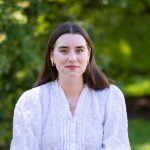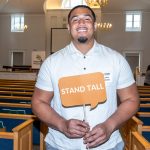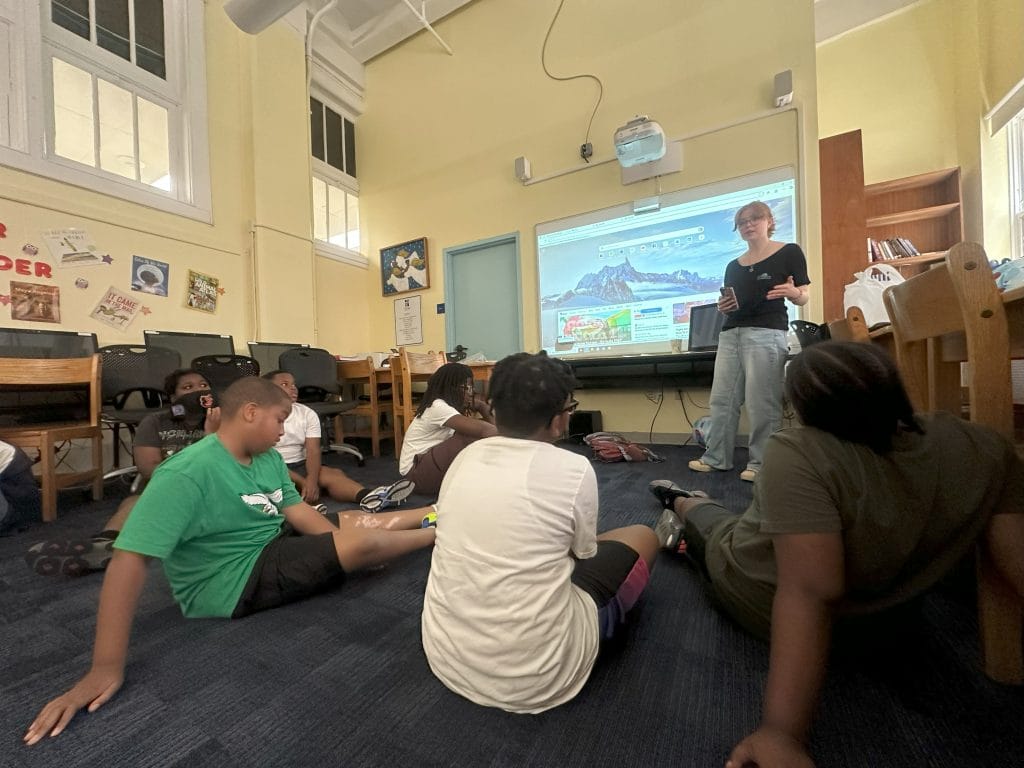
Interfaith work can be challenging—especially in times like these, when divisions often feel sharper than ever. But choosing to learn about and understand one another is a powerful act. Some might even call it radical. It’s a choice that moves us closer to a more peaceful community, city, and world.
I was reminded of this truth during a visit to Youth Neighborhood Mosaic, a program that introduces sixth to eighth graders to the diverse faith traditions found in their own Philadelphia neighborhoods. I saw firsthand how curiosity and creativity can open hearts—and shift perspectives, even my own.
This summer, Interfaith Philadelphia is running two week-long Mosaic programs: one at Gesu School in North Philadelphia and another at the Philadelphia Praise Center in South Philadelphia.
The program is built around the Passport to Understanding, a curriculum designed by staff at Interfaith Philadelphia to help people of all ages connect across lines of difference. Each day, students focus on a different practice from the Passport: Welcome In, Stand Tall, Stand With, Be Curious, and Venture Out.
The week is filled with hands-on activities, guest speakers from various traditions, and engaging art projects that encourage these youngsters to reflect on what they’re learning. Each student creates a personal representation of interfaith learning—something that expresses not only what they’ve discovered, but who they are.
One of the most moving parts of my visit was watching the students proudly share their artwork. They were eager to explain the meaning behind every color, shape, and symbol. Through their art, they were processing big ideas: identity, faith, and the values that connect us.
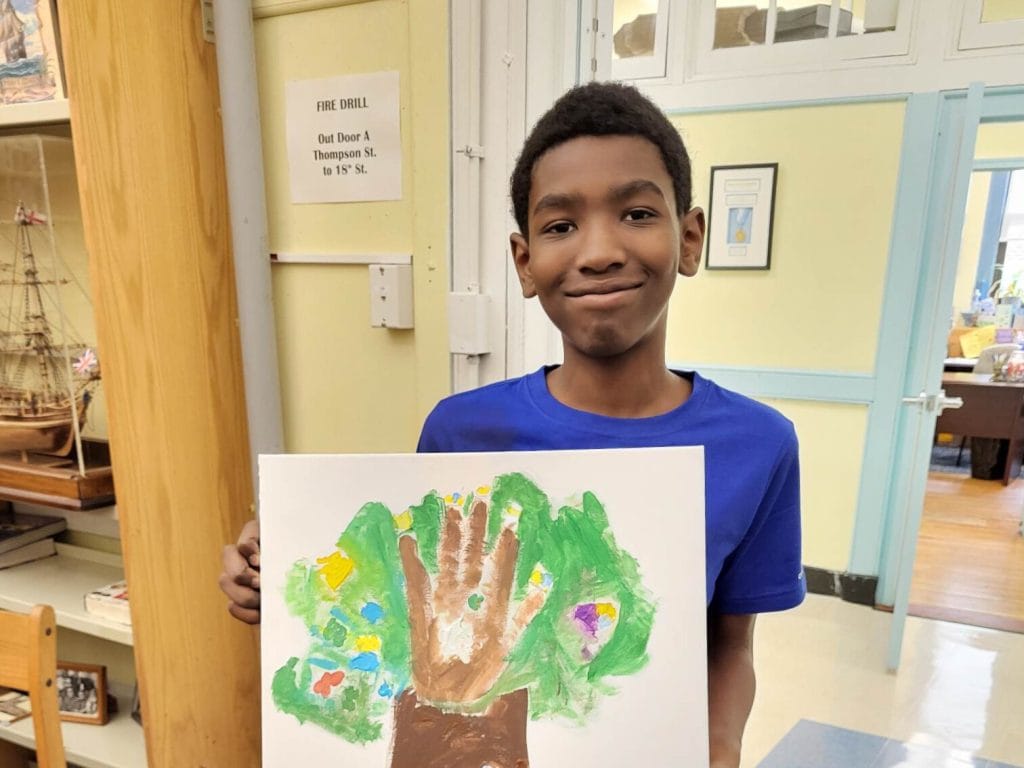
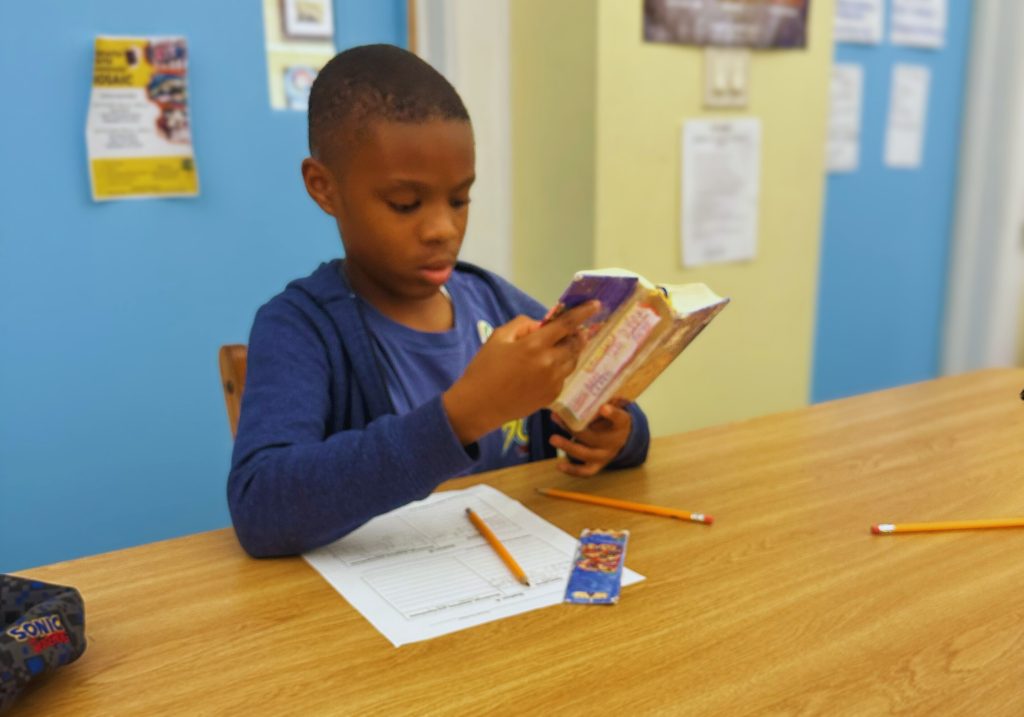
Throughout the program, the students asked thoughtful, even profound, questions. Their curiosity was on full display—and it wasn’t just tolerated, it was celebrated.
At Gesu School, I watched students explore Judaism through interactive stations with meaningful objects, traditional foods, and sacred texts. One moment stood out: a student was sitting quietly, completely absorbed in a book. At first, I assumed it was a typical middle school novel. Then I realized—he was reading the Torah.
He stayed focused as his classmates moved and chatted around him. And at the end of the session, he asked the guest speaker where he could get a copy for himself.
That moment stopped me. It reminded me how powerful curiosity can be, especially when nurtured in a space of respect and openness. That single question—“Where can I get a copy?”—felt like a perfect example of what interfaith understanding can look like when it begins young.
“In Mosaic, students spend the week exploring faith and culture, while also learning about themselves. What I love most about this program is that they get to use art as a way to connect with themselves and different faiths. It’s so cool watching them express themselves through a physical art form.” – Taylor Muse, Director, Interfaith Philadelphia Youth Initiatives
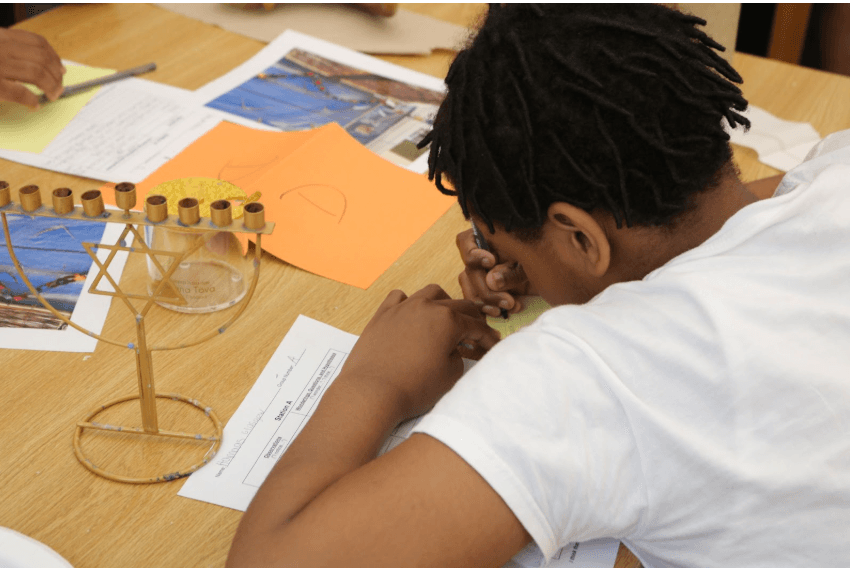
Each student left the program with their own unique creation—but more importantly, they left with a deeper understanding of the diverse faith communities that make up our city.
In a world that often encourages fear of difference, Mosaic offers something radically different: the invitation to be curious, to ask questions, and to see difference as an opportunity for connection.
What I witnessed at Mosaic reminded me that interfaith understanding doesn’t have to begin with adults in dialogue—it can start with kids asking questions, painting pictures, and reading sacred texts with wide eyes and open hearts.
And maybe that’s where real peace begins.
Article by Alice Newman, Interfaith Philadelphia Intern
